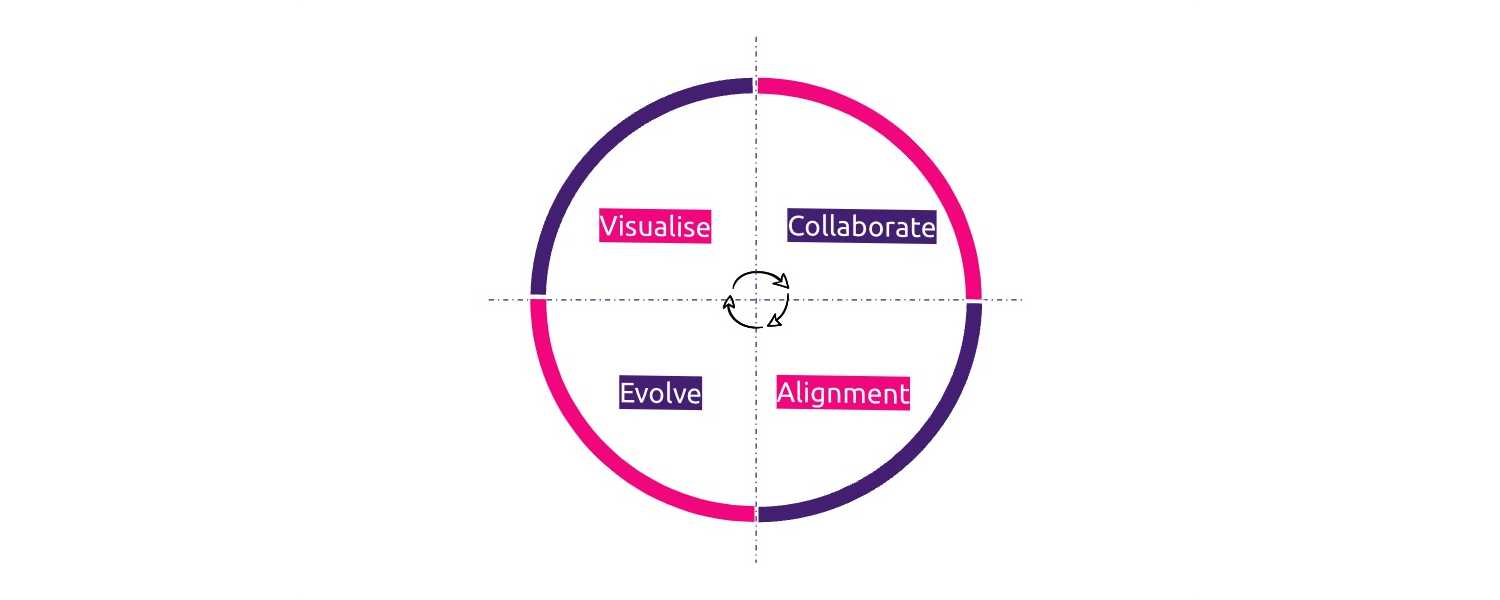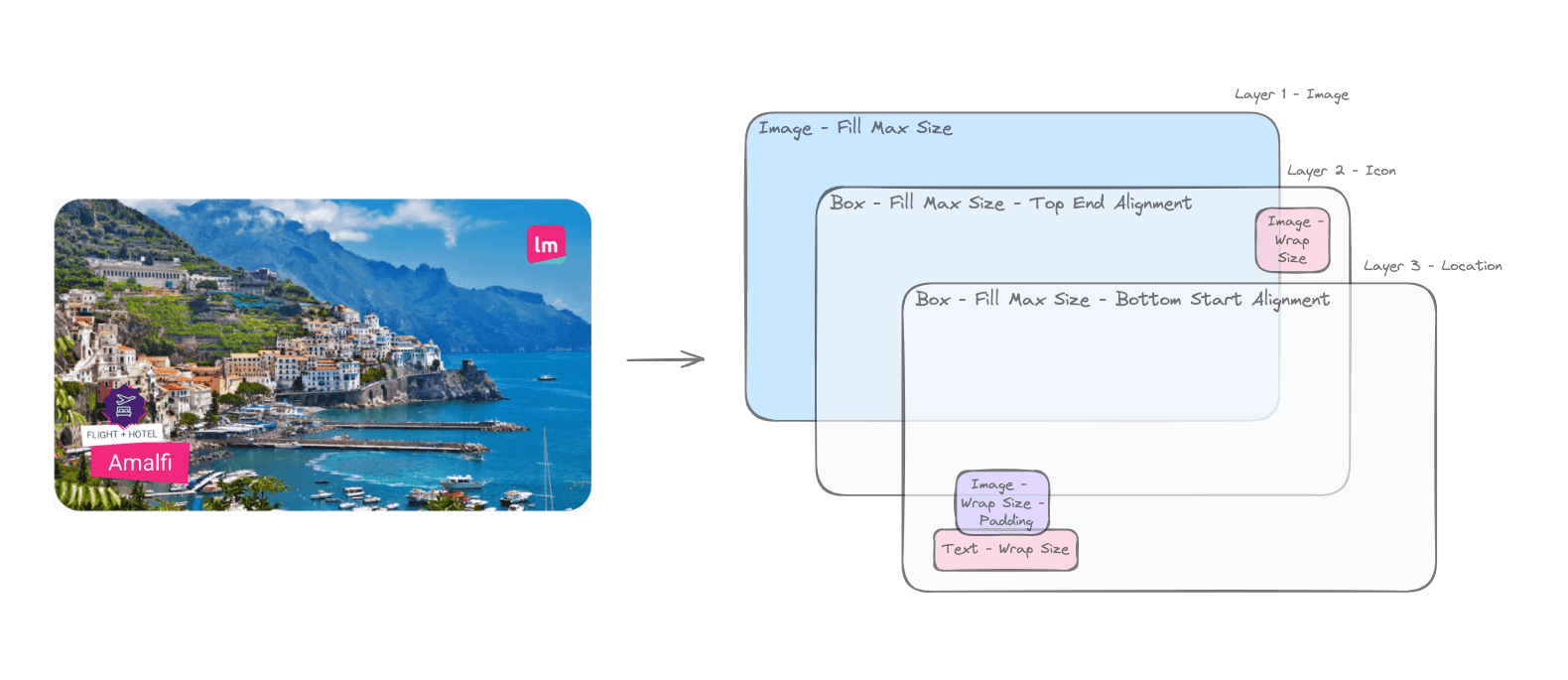2020 was a year of firsts for everybody, every culture around the world has been touched in different ways, some much more than others. Whilst familiarity with the risks of such a disease as Covid-19 was quite advanced in Asia due to the previous SARS epidemic, it never really touched Europe or the USA. Coming from Europe, I can say that whilst it was a shock to the system for people, in general, to have to mask up and social distance, it was clearly an even greater challenge for businesses.
Now some may assume that technology companies would be better placed than others to handle the upheaval that came in March 2020 with the lockdowns and closures of offices, it is not always true. Not all tech companies had remote working policies or the tools to be able to manage processes without a central base.
In our case, we were pretty lucky. Having had a remote working policy for the previous couple of years enabling our staff to work from anywhere up to 2 days a week had meant that we had already invested time and money in ensuring we had much of the setup ready to go. But that does not mean it came easily.
Not all of our staff would use the remote working option, indeed some couldn’t for various reasons, including quite often the fact they simply did not have the equipment or internet connection at home that would allow them to work outside the office. In fact, until early 2020 80% of our Polish staff still used Desktop PC’s in the office.
It was a happy coincidence that we were already in the process of rolling out laptops to all our staff and they came just a few weeks ahead of lockdown in alignment with our continued adoption of enabling remote working. We did have a VPN service available which allowed staff to dial in from home, but the service was very tightly locked down, only allowing them to remotely access their own office computer for security purposes. Whilst this worked fine for those with a good internet connection, it was of course less effective for those without.
The upshot of this is that the #1 top tip was to make sure every member of staff was mobile. Some of us still prefer a powerful desktop and a big screen, especially those doing video editing or suchlike, but the newer generation mobile devices have come a long way and even this now is manageable.

What about People?
You need to care not only about enabling people to work, but doing so safely. Ensuring your team has a compliant working environment is a key responsibility and this can bring with it some logistical challenges.
You would think you could just load up some office chairs, screens, keyboards etc and make delivery runs to your team but even that is fraught with complexity, not least from an insurance and Health & Safety point of view. It is even more complex to ship equipment around during a pandemic when you are being locked out of your offices in some cases, with varying degrees of emergency legislation in different countries. In our case, we have major offices in at least 6 countries, with smaller offices in as many more, so a Policy which covered all angles was a must and this is not something you can set up quickly.
However, thanks to the remote working policy and the fact we had already many offices in a number of locations we were ahead of the curve and already had onboarded for some years a number of solutions to enable seamless communication between teams. The company mantra is “think global, act local”, and this stood us in good stead.
What - no more meetings?
Sorry, but no. Meetings will never go away! Video conferencing for many was a new-fangled exploration into a completely different way of working, taking calls in your pyjamas or trying to talk with your partner or kids running around, sometimes even the dog jumping into the picture. But for us, this was something we were already used to and whilst we didn’t use it to the extent we had to over the last year, we all were trained and ready to go when the offices shut down.
In addition to this, for us, perhaps the biggest help has been a company communicator.
We have over the past 2 years onboarded Workplace from Facebook, which is a platform naturally familiar to most people given the high adoption of regular Facebook and it brings some excellent tooling especially for global communications and live streaming.
Of course, like most software companies we already used Issue Management tools like Jira, so distribution and monitoring of tasks really haven’t changed at all.
For my team Slack is probably the best known of them all, by enabling teams to have their own channels of communication whilst also connecting teams together on the right topics has meant the meetings we used to do face to face are now more often than not able to be managed with more concise communication with just the relevant people. Sure, it is not as personal as a face to face chat but it has worked well given the circumstances.
Email is really not a tool we use frequently any longer, it’s more for blast communication or for subjects that are not so important or timely these days.
But the “Boss” thinks we’re all just slacking off…
I think one of the biggest challenges for many companies was for senior management to be able to learn and believe remote working can be effective. It is a common age-old misconception of many bosses that if they can’t see you in the office working that you’re slacking off. But perhaps we can draw one benefit out of the entire pandemic saga, and that is to say, it forced company leaders to think again. The truth is they had no choice.
Within 3 months of moving to remote working, we did a deep analysis of our overall performance, we do not monitor or check usually the work done by our staff, we treat people with the respect they deserve to be capable of self-managing their tasks and being proud of their performance. But with the new world order in place, we needed to see how it worked in reality.
The truth for some is probably unsurprising, whilst it could be unbelievable for others; performance and work completed actually increased. Yes, we actually managed to close more topics, deliver more products and make faster progress. It is difficult to measure overall but we estimated at least a 10-15% increase in output. Those numbers are not insignificant when you scale them across a bigger organisation.

Of course, it is difficult to say why, but clearly, there are some obvious candidates for improved performance. More flexible working hours, no need to commute, less time spent in spurious discussions over the water cooler perhaps? The reality is the truth is likely a blend of all these factors and more.
Great, productivity is up but what about my happiness?
What must not be forgotten is that productivity is not everything. The mental health and wellbeing of your people are also critical, happy people do better things and as such we have undertaken a number of surveys with our teams over the last year to check how they feel. The outcomes are pretty unsurprising you could say. A lot of people early on were very worried and stressed about the pandemic, and plenty was very unhappy to be trapped at home day and night with little opportunity to get out. Of course, over the summer as the spread dropped and people were able to get out more the mood has improved. But this is likely a similar story for all industries, not just Technology.
What is however interesting is the mood of the people when it comes to accepting remote working as potential new normality.
In our early surveys, a majority of people clearly said they wanted to get back to the office, with a minority who were voting to stay remote full time. Over the months, however, this has clearly swung in the opposite direction, people are now more comfortable with remote working and have of course reorganized their homes a bit to suit their working environment, which always helps. Add to this, the perceived benefits of time saved on commuting and more flexible working hours it’s clearly winning through with people. Of course, there are some that want back to the office as fast as possible but this number is now down in the low 10 percentiles. A significant dropoff since early 2020.
So what next with Remote Working after Covid?
For us, at least, it is pretty clear remote working is here to stay. We have established a community to look into this topic specifically, and whilst it is still a work in progress it’s pretty clear the future is going to be a lot more hybrid. Instead of looking for big offices with a desk for all, it’s time to downsize a bit and have smaller offices perhaps in more locations, and letting our people truly “work from anywhere”.
Of course, the transformation is not going to happen fast, leases have to expire, changes need to be made, but if we don’t do this now and prepare for the future the risk is we will slip back into old habits and expect to have all our people back in the offices again. Good! You might think? Well, not really. If we do not embrace this new normality, our competitors will and inevitably our best people will start voting with their feet and going elsewhere that affords them more flexibility.
It remains important to make sure we do have facilities in the right locations, whilst we don’t want to go back to working full time from offices, it’s obvious people do need to meet up from time to time, and we all need that human interaction with our peers. So perhaps our new offices may have fewer desks, more small meeting spaces? We don’t know yet, but we’re going to be trialling a number of ideas as soon as we can.
We also need to think carefully about culture, and some of the best ways we think to manage this in future will be with regular (at least once a year) meetups with the whole company in a social environment! Sure, such meetups are pricey, but just think of all the money saved on office space, and invest it back in your people, without people there is no company.
Appendix
Remote working tools we use:
- Google Drive + GSuite
- Google Meetings (Zoom like Video Conferencing)
- Workplace by Facebook
- Google Chat + Bots
- Jira
- Git + GitLab
- Slack*
- HR Intranet (Absence Management + other staff needs)
- VPN
*used by certain teams but not an official channel











